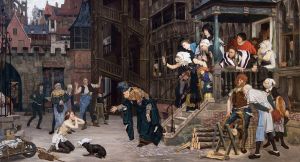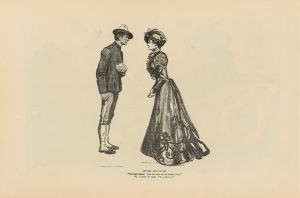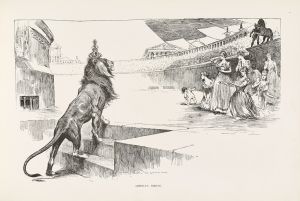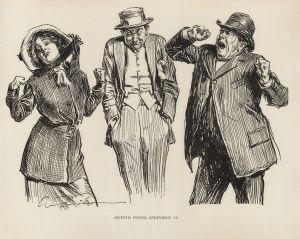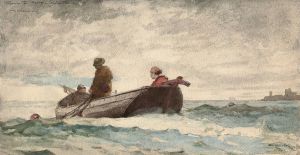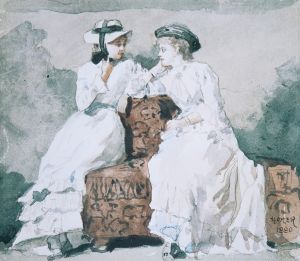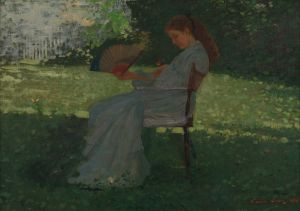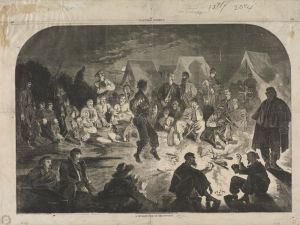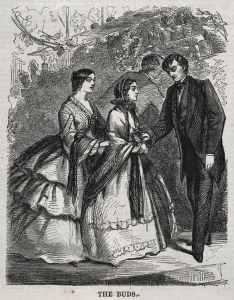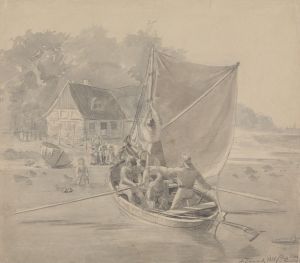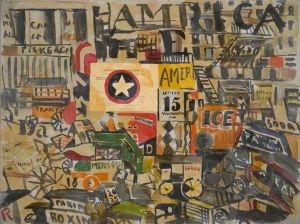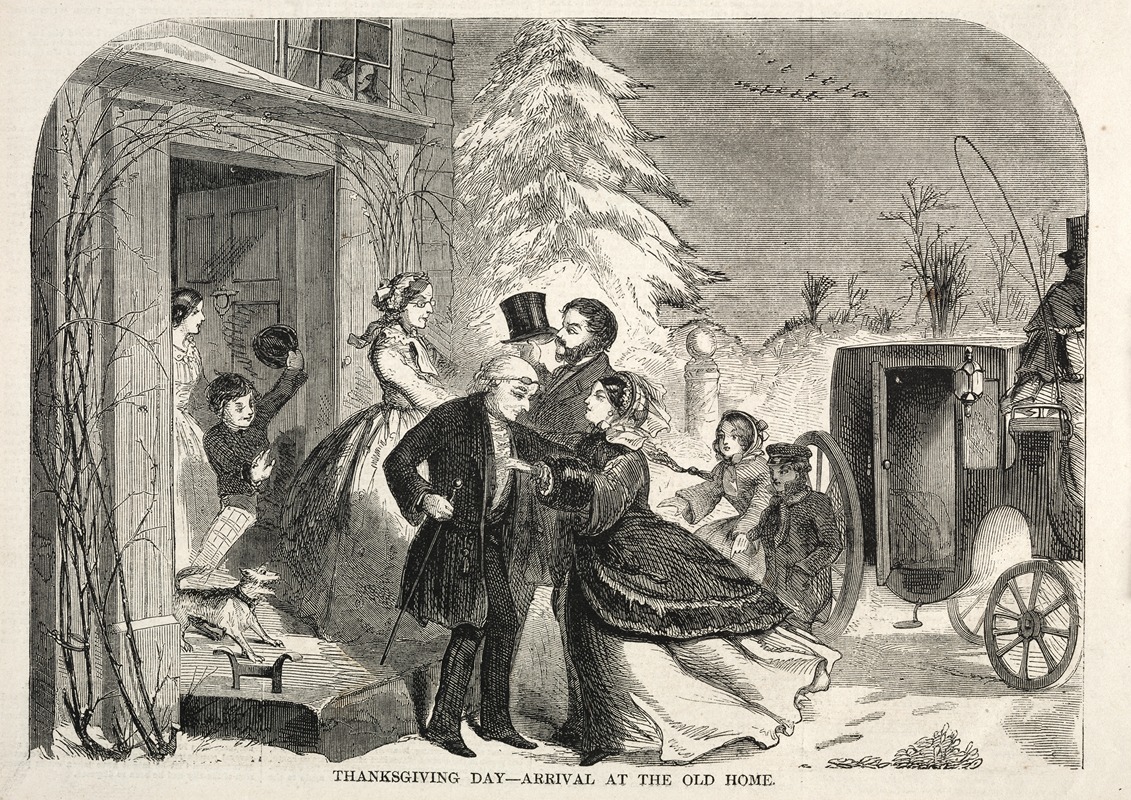
Thanksgiving Day – Arrival at the Old Home
A hand-painted replica of Winslow Homer’s masterpiece Thanksgiving Day – Arrival at the Old Home, meticulously crafted by professional artists to capture the true essence of the original. Each piece is created with museum-quality canvas and rare mineral pigments, carefully painted by experienced artists with delicate brushstrokes and rich, layered colors to perfectly recreate the texture of the original artwork. Unlike machine-printed reproductions, this hand-painted version brings the painting to life, infused with the artist’s emotions and skill in every stroke. Whether for personal collection or home decoration, it instantly elevates the artistic atmosphere of any space.
"Thanksgiving Day – Arrival at the Old Home" is a painting by the renowned American artist Winslow Homer. Created in 1875, this work captures a quintessential scene of American life during the 19th century, reflecting the cultural and social dynamics of the period. Winslow Homer, known for his realistic and often poignant depictions of American life, was an influential figure in the art world, particularly noted for his ability to convey emotion and narrative through his paintings.
The painting illustrates a family gathering during the Thanksgiving holiday, a time traditionally associated with homecoming and familial reunion in the United States. The scene is set in a rural environment, typical of the settings Homer often chose to depict. The composition features a group of people arriving at a homestead, presumably to celebrate the Thanksgiving holiday together. The figures are dressed in period-appropriate attire, and the setting includes elements such as a horse-drawn carriage, which was a common mode of transportation at the time.
Homer's use of color and light in "Thanksgiving Day – Arrival at the Old Home" is noteworthy. He employs a warm palette that evokes a sense of nostalgia and comfort, aligning with the themes of homecoming and familial warmth. The artist's attention to detail is evident in the way he captures the expressions and postures of the figures, conveying a sense of anticipation and joy associated with the holiday.
This painting is part of a broader body of work by Homer that explores themes of American life and identity. During the 1870s, Homer was particularly focused on scenes of rural and domestic life, often highlighting the simplicity and beauty of everyday moments. "Thanksgiving Day – Arrival at the Old Home" fits within this context, offering viewers a glimpse into the customs and traditions of the time.
Homer's work during this period was also influenced by his experiences and observations of post-Civil War America. The nation was undergoing significant changes, and there was a growing interest in defining and celebrating American culture and traditions. Thanksgiving, as a uniquely American holiday, provided a rich subject for artists like Homer to explore these themes.
The painting was originally published as a wood engraving in Harper's Weekly, a popular magazine of the time that featured illustrations and stories reflecting contemporary American life. This medium allowed Homer's work to reach a wide audience, contributing to his reputation as a leading artist of his era.
"Thanksgiving Day – Arrival at the Old Home" remains an important work in Winslow Homer's oeuvre, exemplifying his skill in capturing the essence of American life and his ability to convey complex emotions through his art. The painting continues to be appreciated for its historical significance and its portrayal of a cherished American tradition.





